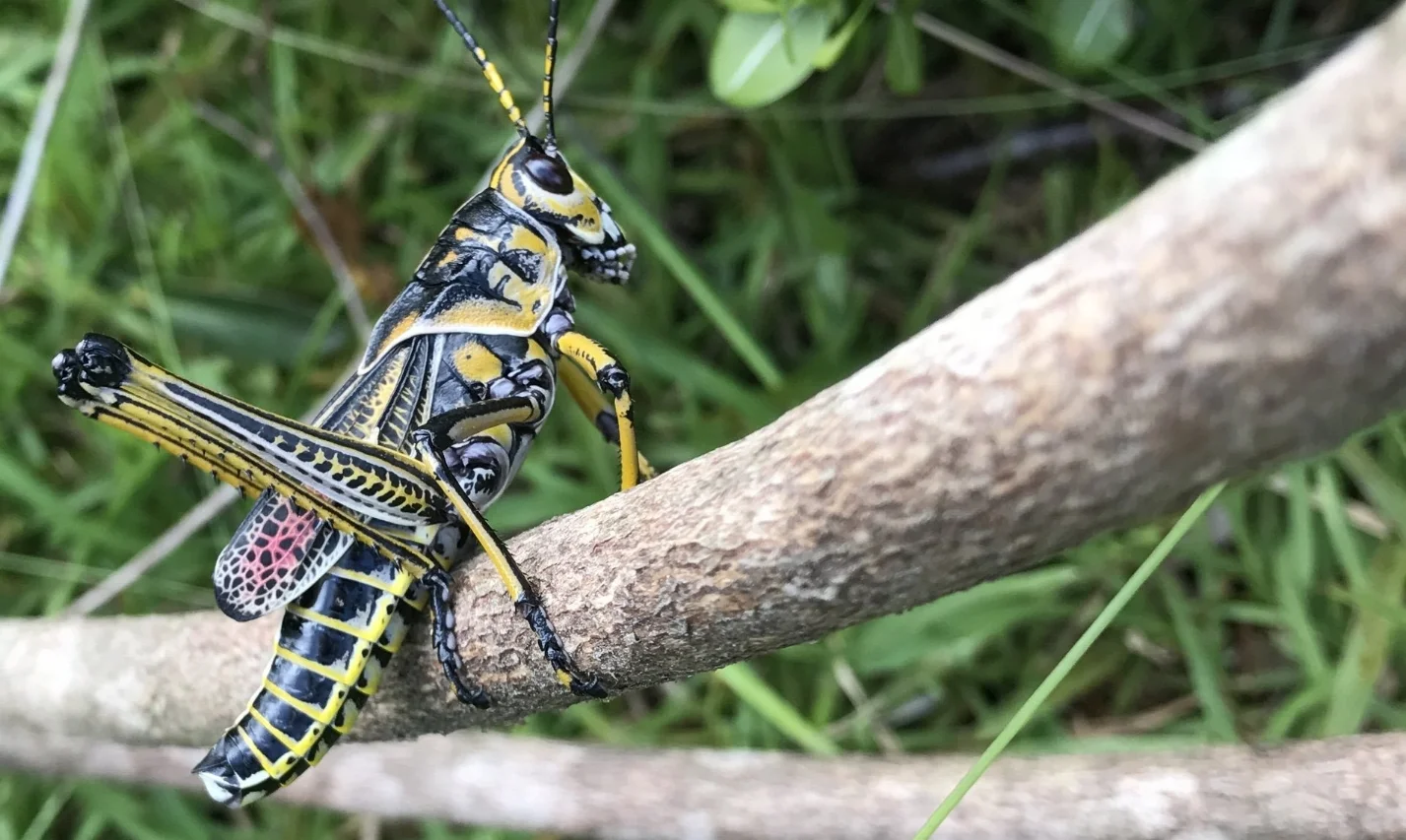The Bataan Death March and Addiction
I’m reading John Toland’s book, The Rising Sun, chronicling WWII from the perspective of the rise and fall of the Japanese empire. It’s a fascinating book, and Toland has done more than any other historian to make the facts and foibles of WWII history available to the general public.
One of the things Toland discusses is the Bataan Death March. Those of you who are my age or older will at least remember your parents talking about it or learning about it in school, but for those who may not know what it was, give me just a moment to explain. Bataan is a peninsula in the Philippines, just across the bay from Manila. Eighty thousand American and Filipino soldiers were captured when the Japanese cut off the peninsula early in the war. They were marched up the peninsula to camps with varying degrees of cruelty, and over 20,000 died on the march.
But the story Toland tells doesn’t stop there. These soldiers were moved again when America retook the Philippines, and some spent weeks inside Japanese freighters without much fresh water, food or even space to lie down. The story is horrific with more than one survivor describing situations that he thought could not get worse, and then did.
Toland tells of the supreme deprivation that the human body can endure, that the human body is designed to endure. After weeks in these freighters, under fire from their own side, these American soldiers, these comrades, these brothers, were brought to the point of killing each other for scraps of food you wouldn’t want on the bottom of your shoe. The story Toland tells is a testament to the strength of the human midbrain survival mechanism, and how much stronger it is than the thin sheet of cortex we call our civilized selves.
So why am I raising this hard to hear story? Isn’t it best left in the past? No, because unless you know this story or one like it, and there have been many throughout history, you cannot imagine the poverty that the human body is designed to live through.
Most of us who treat addiction have the fantasy of a thing called “the bottom.” We imagine that people reach their bottom and then get willing to recover, willing to do what it takes. It’s a nice fantasy. If it were true we’d see thousands bouncing off their bottoms everywhere we looked, but that’s not happening. What’s happening is that people are crashing through their bottoms, and they just keep going until death. And why? The same reason the thousands of prisoners kept naked in hot dark deadly holds of Japanese freighters didn’t just all get together and say, “You know what fellas? This isn’t right. This isn’t the American way. Let’s all get together and cooperate.” They were past all that, they were surviving. And the part of the brain we use to survive isn’t very good at civilization, compromise, or cooperation. It’s very self-centered. That’s how it’s designed.
When we have low midbrain dopamine tone, our brains don’t know why. We can’t tell if it’s because we have a broken leg, we’re in opioid withdrawal, or we haven’t eaten in a week. All it knows is that something’s wrong and it’s really, really wrong. And the more wrong it gets, the more centered the midbrain gets on us fixing it. By that point, it doesn’t look around for a helping hand, because it figures there won’t be one.
To understand the disease of addiction, to understand what a person with the illness feels, to understand the unconscious drives that the person has no control over, it helps to understand how some normal people have lived through extreme circumstances.
What I learned from the heroes who survived, not only the Bataan Death March and the camp internment, and the later cruelty and deprivations of the attempted transfer to Japan, but lived to tell the tale, is that they weren’t heroes in the sense that they did something that made them survive. What they all said was that they just survived. It was luck. They could all tell stories of better men who died, people who were stronger, smarter, had more to live for. None of that mattered. There was no bottom; there was no choice; it was only luck. The cruelty and deprivation was so great that it bettered anything the human brain could come up with, and only the midbrain kept the body alive. Beyond that, it was chance, fate, luck, God, whatever you chose.
As we survey the people we treat with addiction, we can’t afford to fantasize. They can’t afford for us to fantasize. We need to see the disease for what it is, not what we want it to be. We have to lose our fantasy of the bottom. We have to lose the fantasy that this is a disease of the cortex. We have to lose the fantasy that the patient caused it and can fix it with his thinking. We have to not just lose these things, but throw them away. If we don’t, we’ll have decades more of dead people with addiction lying by the side of the road.
We have tools now that we never imagined even 10 years ago, but what stops us isn’t our inability to help, but our unwillingness to give up the fantasies that make us feel good. We don’t do this work to feel good; we do it to help others. And we do that best when we see the disease for what it really is, even when we would rather not.



